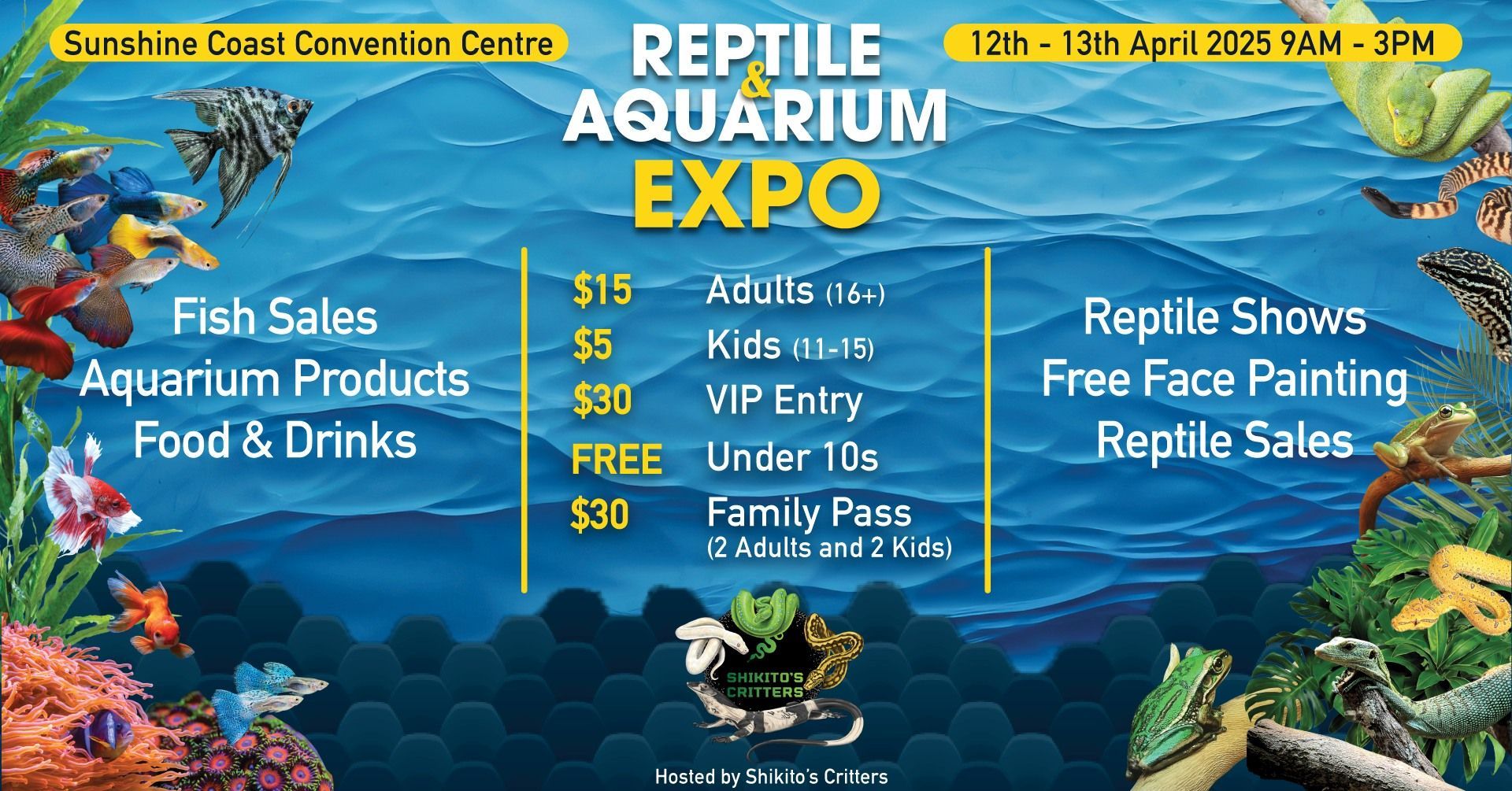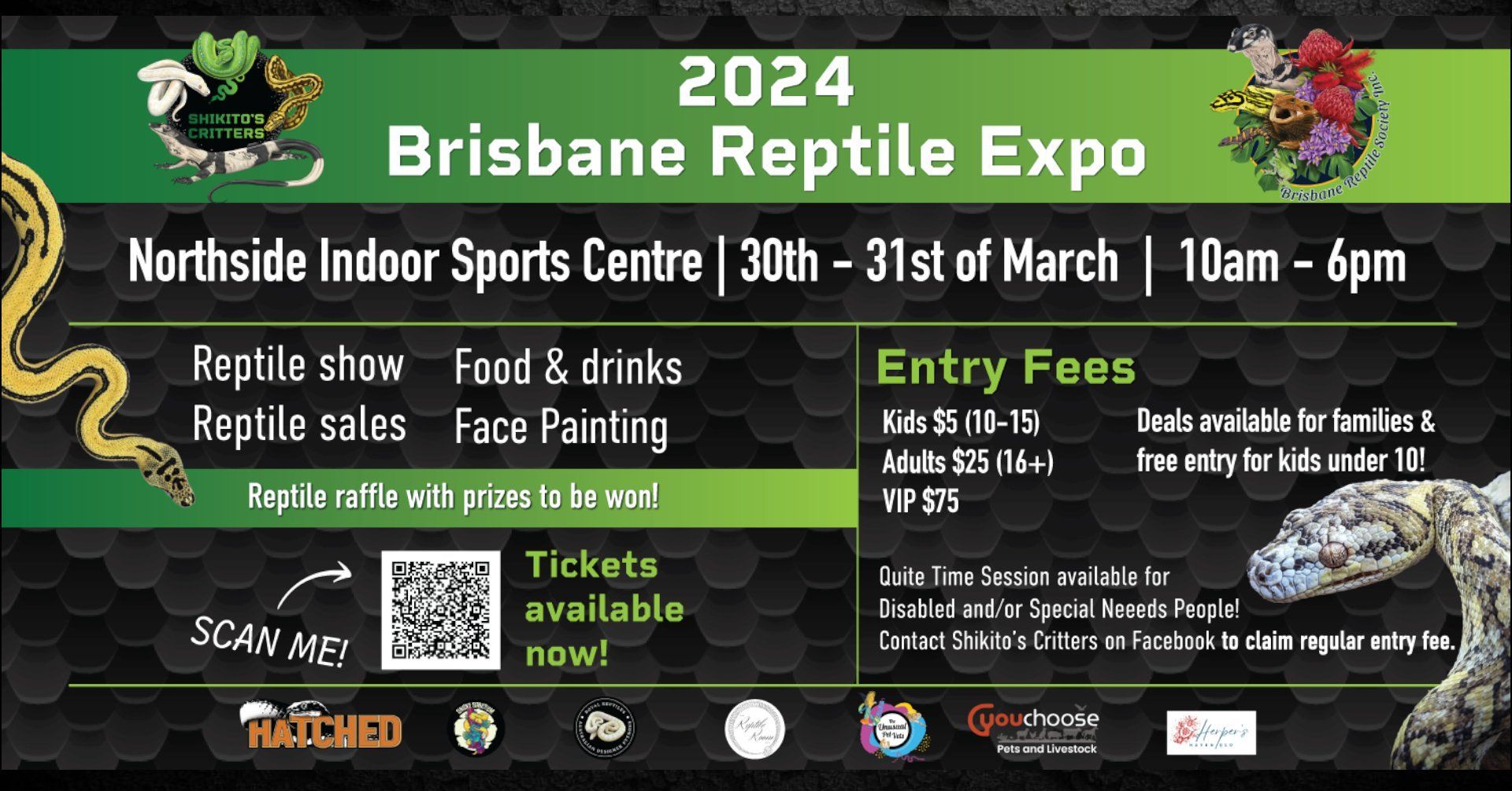Why is my snake not eating? 9 Practical Tips
A problem often encountered by reptile keepers, especially first time breeders or those new to the hobby, is encouraging fussy hatchlings or new pets to eat.
A complicating factor is their size - they are so small it limits the types of prey that can be offered to try and trigger a feeding response. Despite this, there are a few things I’ve come across whilst keeping and breeding these guys that may help.
1. First of all, how long have you had your snake?
If you have just picked up your new pet, they are often reluctant to feed immediately as they are scared and unsure of their environment. The most common recommendation floating around is to wait a week before feeding, however in my experience, every snake is different!
Some snakes I’ve received I’ve fed the day they arrived (once they’ve had a chance to settle a little and reach their preferred temperature), based on their behaviour. Others are very defensive, and I’ll allow them to settle first.
But if they’re seemingly comfortable, there is no harm in offering food before the week is up- especially if they’re cruising around the enclosure looking for food, and I sometimes think it can actually help them settle sooner. But, don’t stress if your new scaley friend doesn’t want to eat for a fortnight or so.
In Summary: Don’t stress if you have just bought the snake – they can last weeks without food while they adapt to their environment
2. Next, ensure your husbandry is perfect
I know this might seem simple and obvious, but frequently the issue with new keepers lies in the way snakes are housed. I know myself as a new keeper, there is a strong desire to ‘spoil’ your new pet and house them with plenty of space in a large enclosure.
However, baby snakes are typically prey for larger animals, and therefore are generally quite timid and would prefer to hide away in a secure place.
Because of this, they often do better when starting in a small tub- for example, Antaresia species (spotted, childrens and stimsons pythons) in 5-7L tubs, or Morelia (carpet pythons) and Aspidites (womas and black headed pythons) in 10L tubs will suffice. If you have a larger enclosure, I would recommend adding additional hides so they feel comfortable enough to move where they need to, to thermoregulate adequately.
Next is security- Ensure there is a hide of some sort on the warm end (personally I like the exo-terra small hide, as it holds warmth and has a few different ‘layers’ they can climb over), a water bowl on the cool end, and I prefer to use paper towel as the substrate. I will elaborate on why in ‘setting up a hatchling tub’ later on.
The final point on husbandry is of critical importance- double check temperatures- I generally aim to keep temperatures at around 32-34 degrees celcius at the warm end of the tub or enclosure.
Personally I like using heat cords connected to a thermostat, underneath 1/3 of the tub, as they provide reliable consistent heat under the snakes belly. If temperatures are too low, or your snake is hiding at the cool end and not thermoregulating correctly, they won’t be able to digest their food and thus will not want to eat.
In Summary: Husbandry is critical – security, temperature are vital
3. Offer the correct prey size and type
The breeder or store you bought your pet from should be able to tell you what they were feeding on before you brought them home. Start with the same prey, as they are most likely to accept the same item.
In some cases, snakes that have been reliably feeding on mice, will be reluctant to switch to rats, or visa versa.
If you try one, and they’re not interested, you can try the equivalent size in the other type of prey.
See the table below for the types and weights of mice and rats that you can substitute- this table is adapted from Snake Snacks at Jimboomba Queensland, who I buy all of my feeders from.
If you are unsure what size to feed, generally offer a prey item about 1.5 times the thickest part of your snake. Table adapted from the prey sizes available from Snake Snacks at Jimboomba Queensland. Check out their
facebook page if you’re local!
| Prey type | Prey name | Weight (grams) | Prey type | Prey name | Weight (grams) |
|---|---|---|---|---|---|
| Mouse | Pinky | 0.5-3 | Rat | ||
| Velvet | 2-4 | ||||
| Fuzzy | 3-6 | Pinky | 3-8 | ||
| Hopper | 7-12 | Velvet | 9-14 | ||
| Weaner | 13-18 | Fuzzy | 15-20 | ||
| Adult | 19-25 | Hopper | 21-30 | ||
| X large | 26+ | Weaner | 21-45 | ||
| Small | 46-79 | ||||
| Medium | 80-149 | ||||
| Large | 150-250 | ||||
| X Large | 251-350 | ||||
| Jumbo | 351+ |
In Summary: Offering the correct prey is important for food acceptance
4. Warm Prey
It is important to warm the prey/food for your snake, as they are able to sense the temperature, and often won’t be as interested in it if it isn’t warm and smelling appetising!
Everyone has their own preference for thawing frozen mice and rats, and mine is to get a container of warm to hot water (I test it by dunking my hand- I have it as warm as I can tolerate, without burning!) and putting the mice or rats straight in.
Some prefer to put them within a Ziplock bag to keep them dry, but for animals taking feeds reliably, I usually offer the prey still damp (not dripping) to help with their water intake.
Once the food item is nice and warm, I towel dry it and offer it to the snake.
In Summary: Warm prey helps your snake recognise it as food
5. What makes your snake tick?
This is one thing I quickly learn with new snakes- what triggers their prey or feed drive? First of all I feed at night time, when the snakes are usually more active and would typically feed in the wild.
Using feeding tongs, I’ll hold the mouse or rat so that the head is facing the snake, and then offer it and watch the snakes behaviour.
If they shrink away and form a defensive posture or even lunge, I’ll just keep the prey item still and let them make the next move. If they start tongue flicking and make even the slightest movement forwards as if interested, I’ll use a different speed based on their behaviour, just calmly moving the prey item back and forth to spark their interest- kind of like how a little mouse would move as if scurrying back and forth foraging.
If they slowly inch forward but appear a little hesitant, I will actually move the prey item slowly away from them- this often draws them forward and will encourage them to take it.
Some snakes I’ve found will come forward and sort of do a ‘nose boop’ where they nudge their mouth against the nose of the mouse or rat, hesitate for a short while, then will slowly open their mouths and just start swallowing it, rather than actually strike or coil!
I’ve found Aspidites species (womas and black headed pythons) do this a lot! Some particularly anxious snakes will become defensive when you’re there, so if they just try to get away and hide, or defensively strike, I’ll leave the prey item in the tub overnight and they will often take it when it is dark and no-one is around.
After all, they’re quite vulnerable when feeding and digesting their meal.
In Summary: Different snakes have different feeding style, watch your pythons behaviour at feeding time to respond accordingly
6. Scenting
This is the next step, if you’ve done all of the above.
As mentioned prior, some snakes can be finicky with the type of food offered, and some can be difficult to transition from one food type to another.
A tip that can be useful to encourage them to feed is to ‘scent’ the prey item with something else they might be interested in – for example, covering the head of a rat with mouse fur, or a mouse with small quail feathers/fluff. I’ve actually even had one stimson hatchling take a pinky mouse when it accidently got covered with cat fur!!!
In Summary: Scenting your pets food can help trick it into accepting it
7. Offering a ‘piece’ of a larger prey item
In the past for small Antaresia hatchlings, I’ve sometimes had success getting them to feed by offering the tail of a larger mouse, or even a small rat, to get them to feed.
It is important to note this isn’t a balanced diet, but can often be used initially until they develop a stronger feeding reaction.
Little Iris, my
female Wheatbelt Stimson Python actually took to frozen thawed fuzzy rat hind legs, of all things!
In Summary: Offering a small piece of the prey can help get them started
8. Try poultry
Sometimes really fussy hatchlings won’t take to rodents, and prefer day old quail – these are often available from pet stores, or from private breeders as frozen-thawed.
In Summary: Some species don’t naturally eat mammals, so sometimes trying different prey may help
9. Contact your breeder
If you are still having difficulty and it has been a few weeks, let your breeder know what is happening.
If they’re local, and your snake has lost body condition, the absolute last resort, is to assist feed. This should not be taken on lightly, as you can seriously harm small species of snakes, and it can cause food aversion, making it more difficult to get them feeding on their own later, as they view the prey as a traumatic experience. But when it comes to life or death, it may be the only option.
But I repeat, it is an utter last resort!




